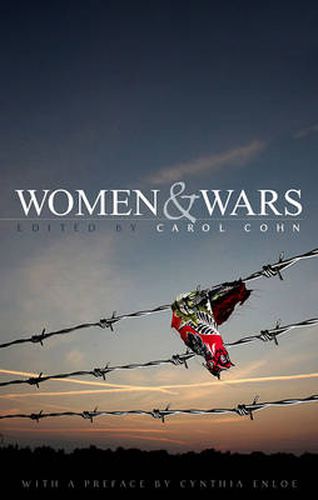Readings Newsletter
Become a Readings Member to make your shopping experience even easier.
Sign in or sign up for free!
You’re not far away from qualifying for FREE standard shipping within Australia
You’ve qualified for FREE standard shipping within Australia
The cart is loading…






Where are the women? In traditional historical and scholarly accounts of the making and fighting of wars, women are often nowhere to be seen. With few exceptions, war stories are told as if men were the only ones who plan, fight, are injured by, and negotiate ends to wars. As the pages of this book tell, though, those accounts are far from complete. Women can be found at every turn in the (gendered) phenomena of war. Women have participated in the making, fighting, and concluding of wars throughout history, and their participation is only increasing at the turn of the 21st century. Women experience war in multiple ways: as soldiers, as fighters, as civilians, as caregivers, as sex workers, as sexual slaves, refugees and internally displaced persons, as anti-war activists, as community peace-builders, and more. This book at once provides a glimpse into where women are in war, and gives readers the tools to understood women’s (told and untold) war experiences in the greater context of the gendered nature of global social and political life.
$9.00 standard shipping within Australia
FREE standard shipping within Australia for orders over $100.00
Express & International shipping calculated at checkout
Where are the women? In traditional historical and scholarly accounts of the making and fighting of wars, women are often nowhere to be seen. With few exceptions, war stories are told as if men were the only ones who plan, fight, are injured by, and negotiate ends to wars. As the pages of this book tell, though, those accounts are far from complete. Women can be found at every turn in the (gendered) phenomena of war. Women have participated in the making, fighting, and concluding of wars throughout history, and their participation is only increasing at the turn of the 21st century. Women experience war in multiple ways: as soldiers, as fighters, as civilians, as caregivers, as sex workers, as sexual slaves, refugees and internally displaced persons, as anti-war activists, as community peace-builders, and more. This book at once provides a glimpse into where women are in war, and gives readers the tools to understood women’s (told and untold) war experiences in the greater context of the gendered nature of global social and political life.